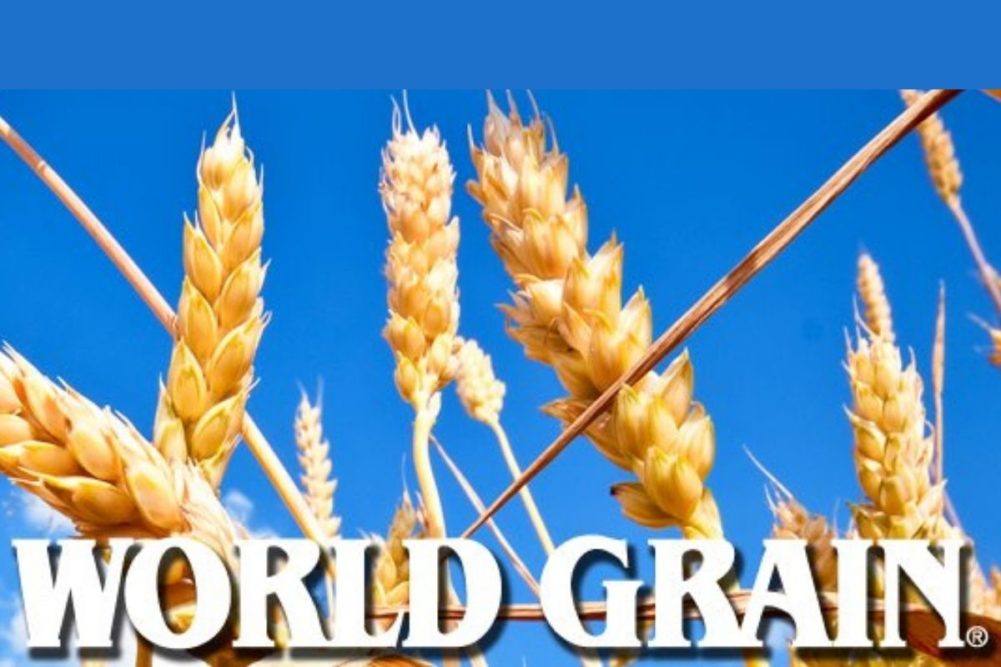KANSAS CITY, MISSOURI, US – As our parent company, Sosland Publishing, celebrates its centennial anniversary in 2022, World Grain is commemorating its own milestone as it enters its 40th year as the leading information source for the global grain and grain processing industries.
 Arvin Donley
Arvin DonleySince its launch in October 1982, World Grain has strived to fulfill the vision of Morton Sosland, the longtime chairman of Sosland Publishing and executive editor of Milling & Baking News and World Grain, who passed away in 2019 at the age of 93. With the grain industry evolving into an increasingly international entity in the latter part of the 20th century, Mr. Sosland saw the need for a publication that was truly global in focus, spoke to the common challenges of grain handlers and processors worldwide, and offered solutions to address those challenges. World Grain has documented the evolution of the grain, flour and feed industries over the past four decades and highlighted technological breakthroughs and other important trends that shape the present and are predictive of the future.
While these industries aren’t typically recognized as fast-changing, there has been dramatic change nonethless. Consider that flour milling and feed milling, once labor-intensive processes, now utilize highly automated technology, allowing plants to operate with minimal staff or even remotely and unmanned. Grain trading, for many years performed with hand signals and verbal bids on trading floors, is now executed with the quiet efficiency of digital trading platforms. It also has been fascinating to document radically shifting grain trade flows over the last 40 years, with Russia going from one of the world’s biggest wheat importers to its largest exporter, Brazil evolving from an insignificant producer and exporter of soybeans to eclipsing the United States as the world leader in both categories, and China, which 40 years ago imported just 30,000 tonnes of soybeans, now accounting for more than 60% of all imports at nearly 100 million tonnes.
The publishing industry also has undergone dramatic change. In 1982, our only editorial product was the magazine, which was mailed monthly to our subscribers. Then came the digital revolution in the 1990s, and in 2000, World Grain unveiled a new website featuring breaking news and other features that readers could access with a simple mouse click. Shortly thereafter, World Grain began delivering breaking news in daily newsletters e-mailed directly to its subscribers. More recently, we began utilizing various forms of social media to communicate in real time with our readers.
Given the dramatic changes of the past four decades, one can only imagine how different the global grain, flour and feed industries will look in another 40 years. Certainly, there will continue to be technological advances that enable them to produce, process and transport grain more efficiently. Not as certain is how they can overcome the effects of climate change and increase grain production to provide enough food for a population estimated to soar to more than 10 billion people. And what unforeseen circumstances, such as the global pandemic we’ve recently experienced, will impede grain production, processing and distribution?
One silver lining in this pandemic has been the grain and grain processing industries showing they can quickly adapt and continue to supply the world with their products in far from ideal conditions. World Grain believes in these industries’ ability to innovate and adapt, just as we will, to best serve our global readership in the years to come.






